Collective Molecular Activities of the Plant: Jasminum Officinale
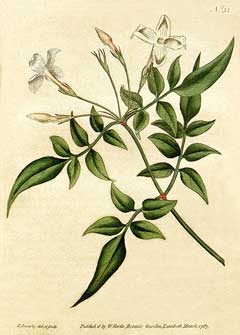
Country/Region:
China; Indonesia; IndiaTraditional Medicine System:
Unani; Indian Folk; TCM; Homeopathy; AyurvedaMedicinal Functions:
Antiseptic; Antispasmodic; Aphrodisiac; Aromatherapy; Galactogogue; Parasiticide; Tonic
Turkey; Afghanistan; Romania; Nepal; Iran; Bangladesh; Algeria; Cuba; Russia; Indonesia; India; France; Portugal; China; Pakistan; Italy; Dominican Republic; Tajikistan; Haiti
Overview of Ingredients
67 All known Ingredients in Total
Unique ingredients have been isolated from this plant.Plant-Ingredients Associations were manually curated from publications or collected from other databases.
54 Ingredients with Acceptable Bioavailablity
Unique ingredients exhibit acceptable human oral bioavailablity, according to the criteria of SwissADME [PMID: 28256516] and HobPre [PMID: 34991690]. The criteria details:SwissADME: six descriptors are used by SwissADME to evaluate the oral bioavailability of a natural product:
☑ LIPO(Lipophility): -0.7 < XLOGP3 < +5.0
☑ SIZE: 150g/mol < MW < 500g/mol
☑ POLAR(Polarity): 20Ų < TPSA < 130Ų
☑ INSOLU(Insolubility): -6 < Log S (ESOL) < 0
☑ INSATU(Insaturation): 0.25 < Fraction Csp3 < 1
☑ FLEX(Flexibility): 0 < Num. rotatable bonds < 9
If 6 descriptors of a natural plant satisfy the above rules, it will be labeled high HOB.
HobPre: A natural plant ingredient with HobPre score >0.5 is labeled high human oral availability (HOB)
24 Ingredients with experimental-derived Activity
Unique ingredients have activity data available.Ingredient Structrual Cards
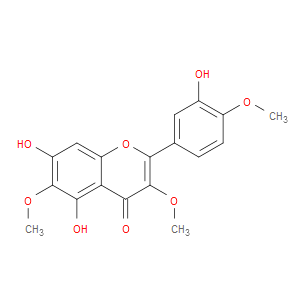
Ingredient ID: NPC9609
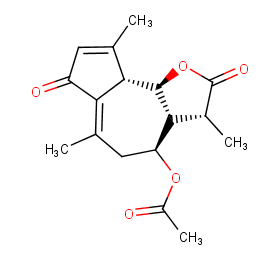
Ingredient ID: NPC95460
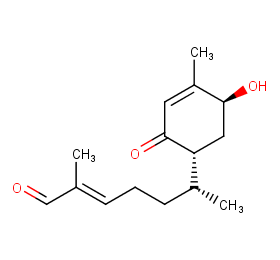
Ingredient ID: NPC89944

Ingredient ID: NPC8463
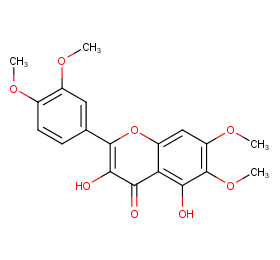
Ingredient ID: NPC66868
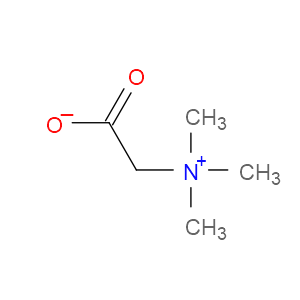
Ingredient ID: NPC59650
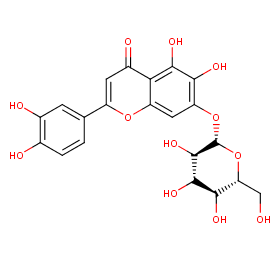
Ingredient ID: NPC58716

Ingredient ID: NPC54172
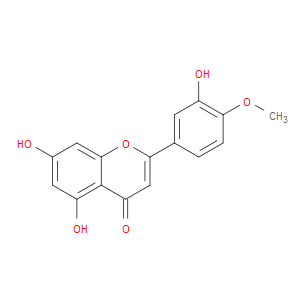
Ingredient ID: NPC52005
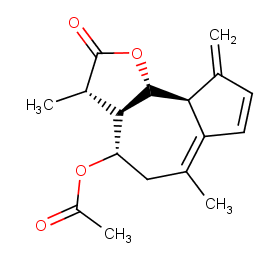
Ingredient ID: NPC45367
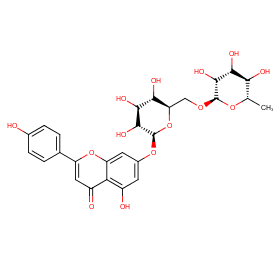
Ingredient ID: NPC44931

Ingredient ID: NPC42149
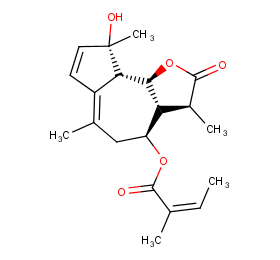
Ingredient ID: NPC38884
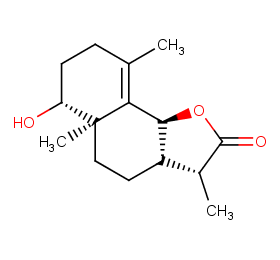
Ingredient ID: NPC308289
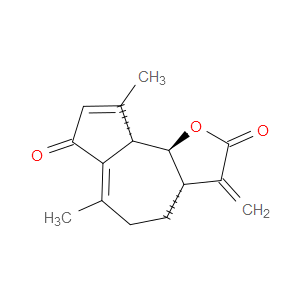
Ingredient ID: NPC302426
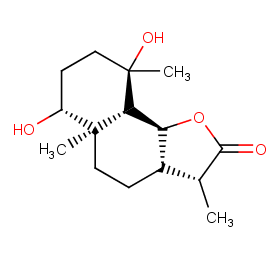
Ingredient ID: NPC299089
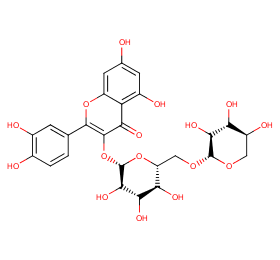
Ingredient ID: NPC293588
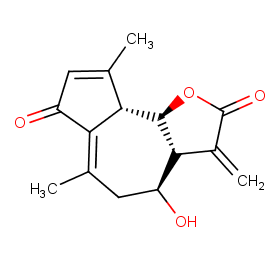
Ingredient ID: NPC287387

Ingredient ID: NPC283178
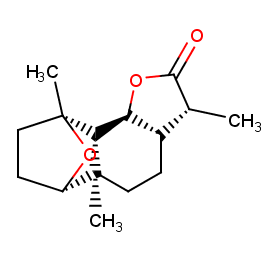
Ingredient ID: NPC282116
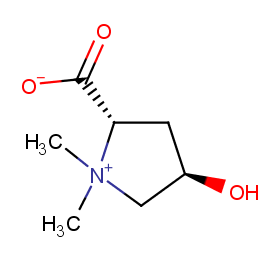
Ingredient ID: NPC279525
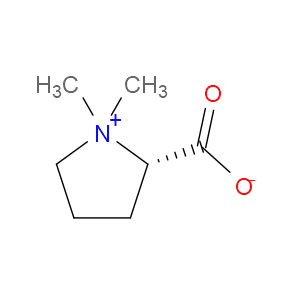
Ingredient ID: NPC274499
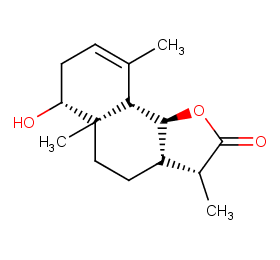
Ingredient ID: NPC26937

Ingredient ID: NPC263251
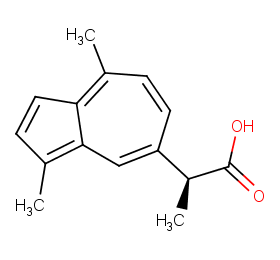
Ingredient ID: NPC261947
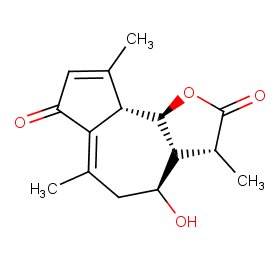
Ingredient ID: NPC258104
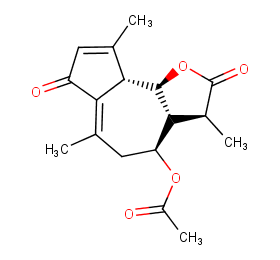
Ingredient ID: NPC255580

Ingredient ID: NPC255497

Ingredient ID: NPC249616
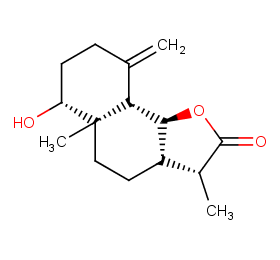
Ingredient ID: NPC241579
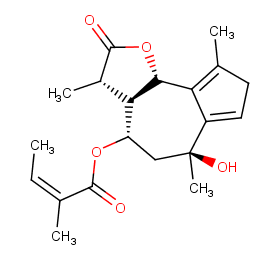
Ingredient ID: NPC224242
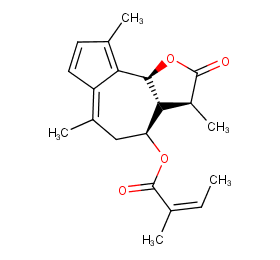
Ingredient ID: NPC220518
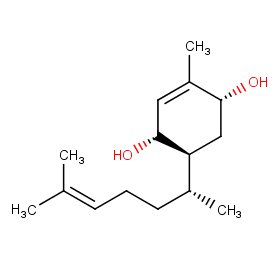
Ingredient ID: NPC21534
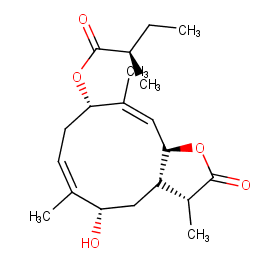
Ingredient ID: NPC215317
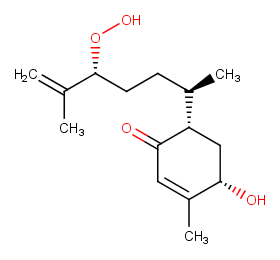
Ingredient ID: NPC212591
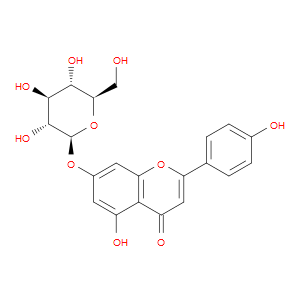
Ingredient ID: NPC210003

Ingredient ID: NPC20836
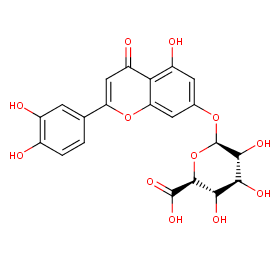
Ingredient ID: NPC20505
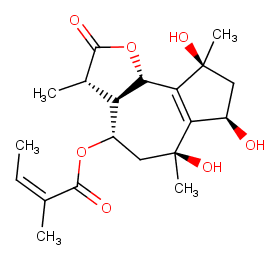
Ingredient ID: NPC204443
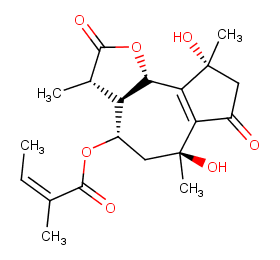
Ingredient ID: NPC204204
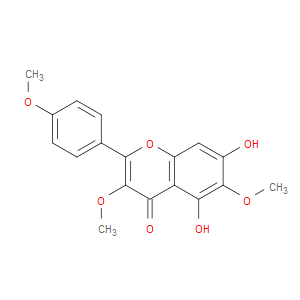
Ingredient ID: NPC203891
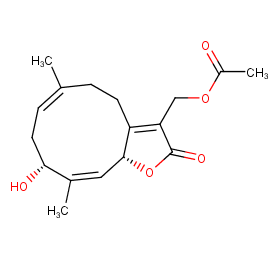
Ingredient ID: NPC196209

Ingredient ID: NPC192978
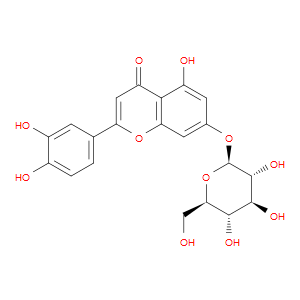
Ingredient ID: NPC189142
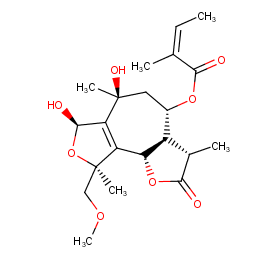
Ingredient ID: NPC187206
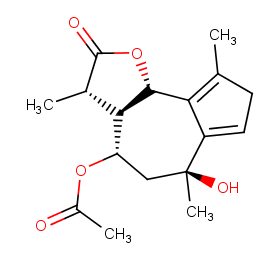
Ingredient ID: NPC183401
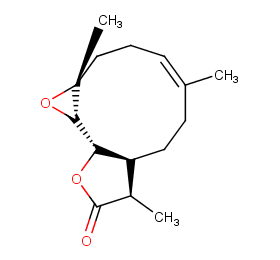
Ingredient ID: NPC182277
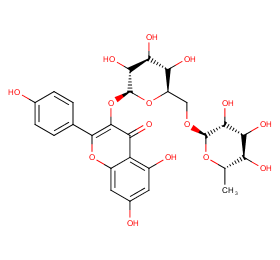
Ingredient ID: NPC181465
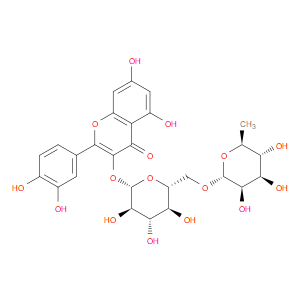
Ingredient ID: NPC176740
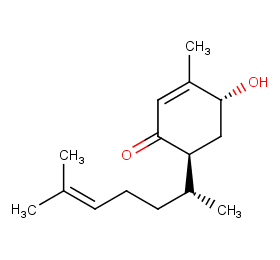
Ingredient ID: NPC176728
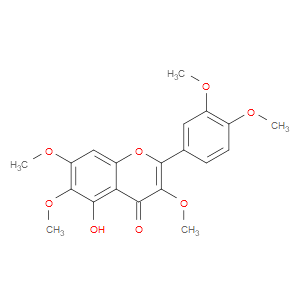
Ingredient ID: NPC176300
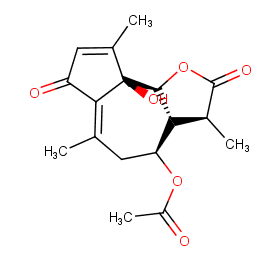
Ingredient ID: NPC169232
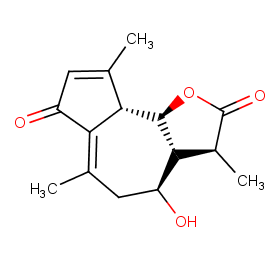
Ingredient ID: NPC165287
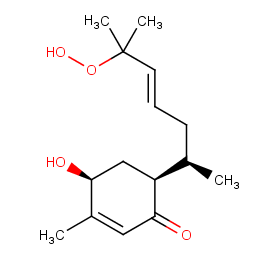
Ingredient ID: NPC16209
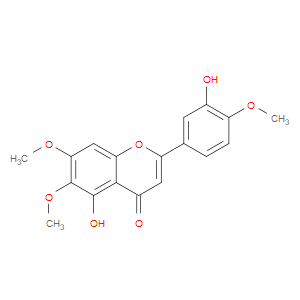
Ingredient ID: NPC160951
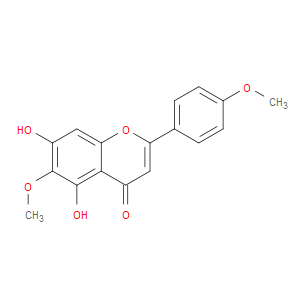
Ingredient ID: NPC156222

Ingredient ID: NPC153701
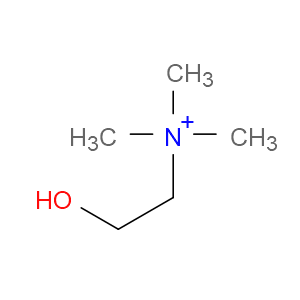
Ingredient ID: NPC136014
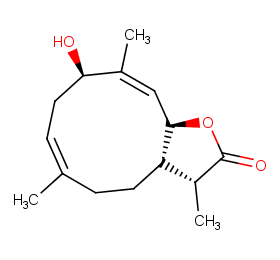
Ingredient ID: NPC12529

Ingredient ID: NPC123928
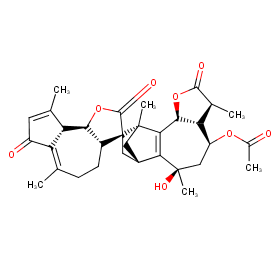
Ingredient ID: NPC115275
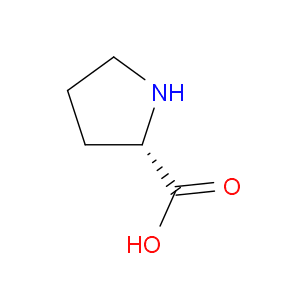
Ingredient ID: NPC11433
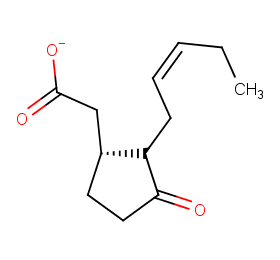
Ingredient ID: NPC111876
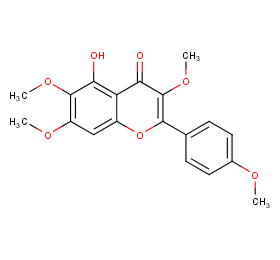
Ingredient ID: NPC110070
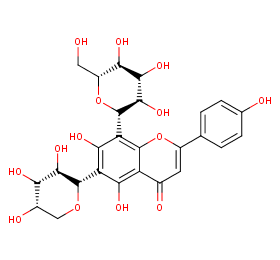
Ingredient ID: NPC109594
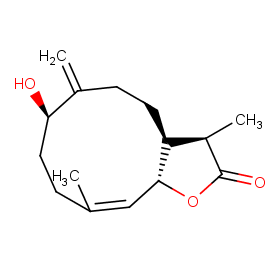
Ingredient ID: NPC109024

Ingredient ID: NPC101692
Classification of Human Proteins Collectively Targeted by the Plant
Detailed Information of Target Proteins
| Target Type | Protein Class | Gene ID | Protein Name | Uniprot ID | Target ChEMBL ID |
|---|---|---|---|---|---|
| Cytochrome P450 | Cytochrome P450 family 1 | CYP1B1 | Cytochrome P450 1B1 | Q16678 | CHEMBL4878 |
| Cytochrome P450 | Cytochrome P450 family 1 | CYP1A1 | Cytochrome P450 1A1 | P04798 | CHEMBL2231 |
| Cytochrome P450 | Cytochrome P450 family 19 | CYP19A1 | Cytochrome P450 19A1 | P11511 | CHEMBL1978 |
| Therapeutic Target | Hydrolase | ACHE | Acetylcholinesterase | P22303 | CHEMBL220 |
| Therapeutic Target | Peptide receptor (family A GPCR) | TSHR | Thyroid stimulating hormone receptor | P16473 | CHEMBL1963 |
| Therapeutic Target | Protein Kinase | KDR | Vascular endothelial growth factor receptor 2 | P35968 | CHEMBL279 |
| Therapeutic Target | Protein Kinase | AURKB | Serine/threonine-protein kinase Aurora-B | Q96GD4 | CHEMBL2185 |
| Therapeutic Target | Structural protein | LMNA | Prelamin-A/C | P02545 | CHEMBL1293235 |
Clinical trials associated with plant from natural product (NP) & plant level:
| Clinical trials type | Number of clinical trials | |
|---|---|---|
| 1 | ||
| NCT ID | Title | Condition | Form in clinical use | Associated by plant or compound |
|---|---|---|---|---|
| NCT01705652 | Study to Assess the Activity of Nexrutine® in Prostate Cancer Patients | prostate cancer | Rutin (NPC176740) |
❱❱❱ Associated Human Diseases and Detailed Association Evidence
How do we define the Plant-Targeted Human Disease Association?
Associated human diseases of an individual plant are summurized based on FOUR types of association evidence, these include:
❶ Association by Therapeutic Target: Bioactive protein targets of the plant were defined in "Molecular Targets" section, target-disease associations collected from TTD database were subsequently used to build the associations between the plant and its targeted human diseases.
❷ Association by Disease Gene Reversion: Plant and a specific disease will be associated when >= 1 plant target gene overlaped with disease's DEGs.
❸ Association by Clinical Trials of Plant: Plant and a specific disease will be associated when >= 1 clinical trial (the plant is the intervetion) can be matched in ClinicalTrials.gov database.
❹ Association by Clinical Trials of Plant Ingredients: Plant and a specific disease will be associated when >= 1 clinical trial (the plant ingredient is the intervetion) can be matched in ClinicalTrials.gov database.
Associated Disease of the Plant | Association Type & Detailed Evidence |
|---|---|
Acute diabete complicationDisease Category: 05.Endocrine, nutritional or metabolic diseasesDisease ICD-11 Code: 5A2Y |
AURKB,KDR,AURKA
|
Acute myeloid leukaemiaDisease Category: 02.NeoplasmsDisease ICD-11 Code: 2A60 |
AURKA,KIT,AURKB
|
Adenocarcinoma of bronchus or lungDisease Category: 02.NeoplasmsDisease ICD-11 Code: 2C25.0 |
AURKB,ACHE,AURKA,TSHR
|
Adenocarcinoma of pancreasDisease Category: 02.NeoplasmsDisease ICD-11 Code: 2C10.0 |
AURKB,ACHE,CYP1B1,KIT,AURKA,LMNA
|
Adenocarcinoma of stomachDisease Category: 02.NeoplasmsDisease ICD-11 Code: 2B72.0 |
AURKA,CYP19A1,AURKB
|
Alzheimer diseaseDisease Category: 08.Diseases of the nervous systemDisease ICD-11 Code: 8A20 |
KIT,ACHE,KDR
|
Bone/articular cartilage neoplasmDisease Category: 02.NeoplasmsDisease ICD-11 Code: 2F7B |
KIT
|
Brain cancerDisease Category: 02.NeoplasmsDisease ICD-11 Code: 2A00 |
KIT,KDR
|
Breast cancerDisease Category: 02.NeoplasmsDisease ICD-11 Code: 2C60-2C6Y |
AURKA,CYP19A1,KDR
|
Carcinosarcoma of uterusDisease Category: 02.NeoplasmsDisease ICD-11 Code: 2C76.43 |
AURKB,CYP19A1,TSHR
|

